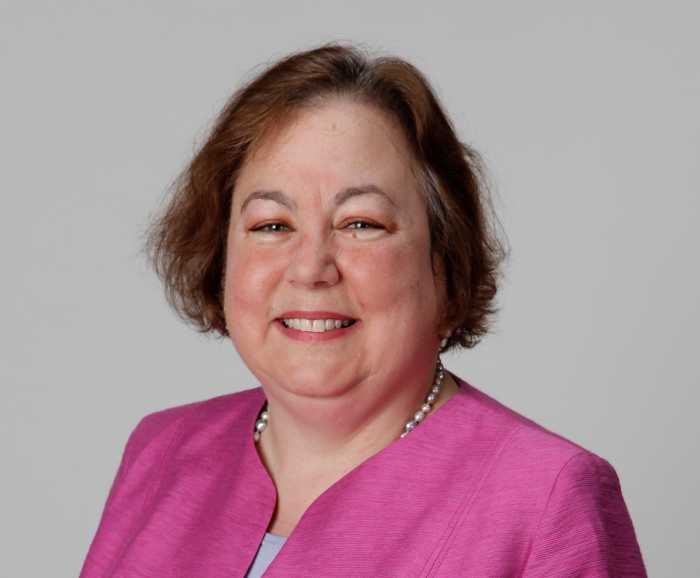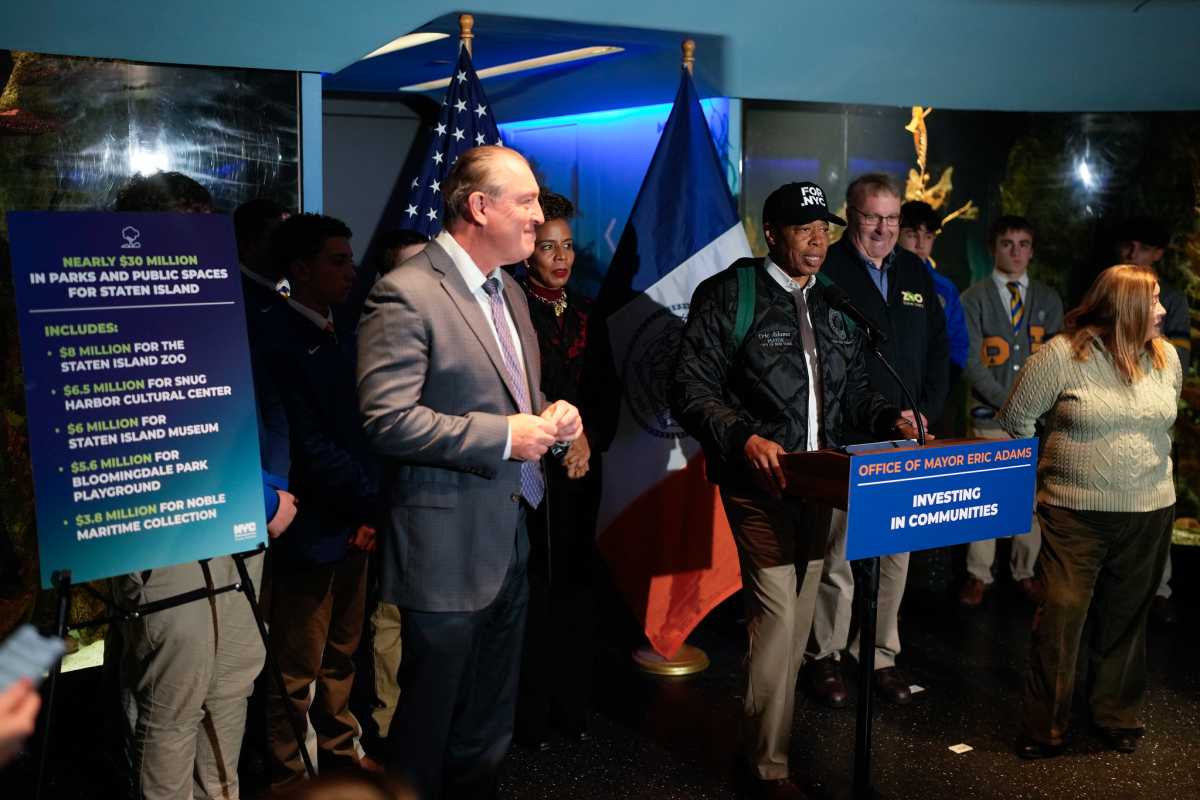Climate change is real and as a society we must adapt to it. How we adapt is going to determine if we are successful. Over the past decade, the New York City and New York State government’s approach has been frustrating.
The state has passed ambitious, but unclear laws, forcing hardworking energy experts and dedicated government officials to scramble to catch up. At the same time, the City Council has passed its own collection of laws that create a patchwork of regulations that are often redundant, sometimes incoherent, and clearly passed with little consideration for the state and city laws that have been in effect for years thus far.
Leading energy consultants are doing their best to navigate the competing regulatory laws and constantly-evolving guidance from state and city agencies. Building owners typically want to invest in energy efficiency, knowing that it is good for the environment and for their business in the long run, but are uncertain what is the best course of action because of the lack of consistent guidance from the government.
Further complicating things, New York City has the oldest housing stock in the country. More than 56% percent of homes in New York were built before 1947. Renovating these buildings to make them more energy efficient comes with high costs and many complications, requiring years of planning.
Unfortunately, the government continues to make this process more difficult. Just this week, the New York City Council introduced a bill requiring all multifamily buildings to guarantee air conditioning at 78 degrees or below. Earlier this year, another City Council bill called for increasing mandatory heat temperatures from 68 degrees to 70 degrees.
Currently, owners have to allow a tenant to install an a/c unit, with the costs associated clearly articulated in law. This bill, as currently written, could force owners to additionally provide a central a/c system that they must monitor and control. Or permanent, hard-wired installation of decentralized central cooling units in each living room. If this is the case, the cost of this implementation could be astronomical, devastating many affordable rent-stabilized buildings, and forcing the tenants living in them to be temporarily displaced for long-periods of time.
Many older rent-stabilized buildings will have enormous difficulty complying with this mandate, unless they rapidly transition to partial-electrification, which could significantly conflict with these buildings’ current capital improvement plans to comply with Local Law 97 deadlines at the end of 2024. While full electrification may be the long-term goal, partial electrification is not possible in the four or five year timeline outlined in this bill with other Local Law 97 work currently underway in rent-stabilized buildings. Thousands of buildings would need to request additional load capacity from Con Edison.
Conducting building-wide energy upgrades in buildings that are more than 80 years old would expose tenants to lead and asbestos risk, requiring renters to be temporarily moved. Because this bill would apply to all buildings, it is a fair estimate to say as many as half a million tenants would have to be displaced temporarily in the next 5 years in order to comply with this law.
The reality is that many buildings won’t be able to secure funding to do the work and Con Edison will deny hundreds, if not thousands, of load orders necessary to do the work in neighborhoods where grid capacity is not sufficient. That means owners will have no way to comply, even if all the apartments have a/c units and the temperature in the building never exceeds 78 degrees.
What is most frustrating is that building owners and energy consultants have been spending years preparing for Local Law 97 regulations, and state mandates for energy efficiency. This attempt to add an unfunded mandate with an irrational timeline could put all that work in jeopardy.
A better approach would be for the City Council to focus on providing more subsidies to affordable rent-stabilized housing that have the specific goal of improving energy-efficiency and controlling temperature.
A good example of this is a pilot program launched by the New York Power Authority and NYCHA a few years ago. Innovative heat and cooling pumps could be installed in properties with minimal electricity upgrades. This would give tenants control over the temperature in their apartments year round.
Another idea the Council could promote in buildings that have hot water pipes for heating is hydronic air to water pumps or air-cooled chillers that could replace the existing boiler and utilize the current piping to provide electric heating and cooling. In this scenario, apartments would only need radiator upgrades to fan-coil units to make sure hot air is distributed in the apartment in the winter and cold air in the summer.
It is important to understand that some of these systems are emerging technologies, and it’s unclear if they will work for many buildings. There is also likely to be a massive supply backlog, unless there was government-backed financing for mass production. Without subsidies, or other ways to increase income, most buildings will not be able to afford this upgrade.
This is why we are urging the City Council to focus on implementing the best approach for long-term success, instead of rushing to pass a bill with unyielding mandates on a hasty timeline. If we truly want to tackle climate change, while also improving renters living conditions, then all stakeholders should be brought to the table. That way we can develop a clear and comprehensive plan, with adequate government subsidy, so we can meet our collective goals of eliminating greenhouse gas emissions by 2050.
Jay Martin is the executive director of the Community Housing Improvement Program (CHIP). David Sivin is the Director for Building Systems and Energy Consulting at PVE Engineering.










